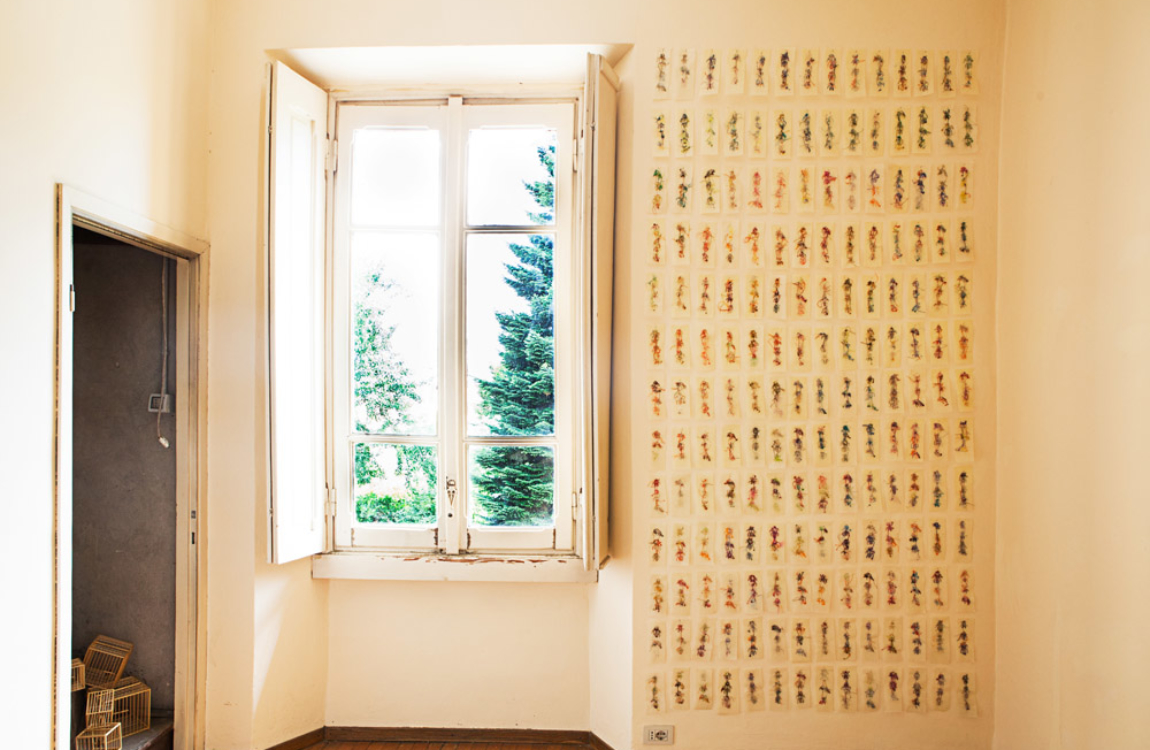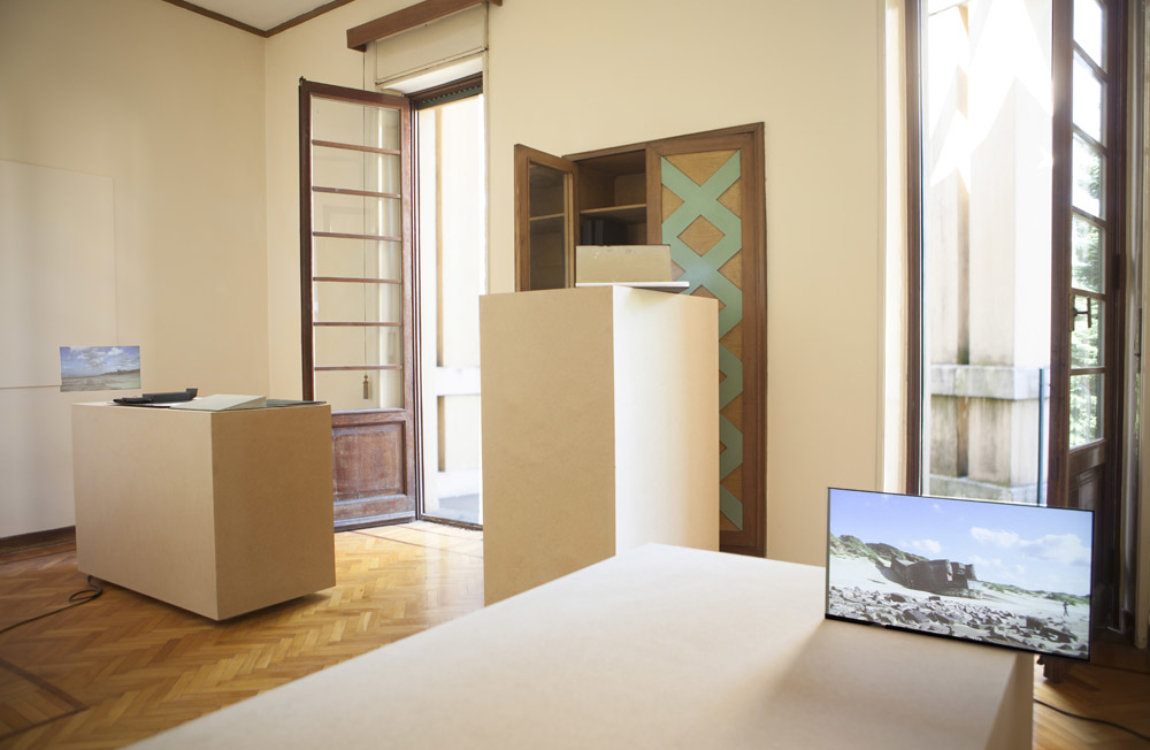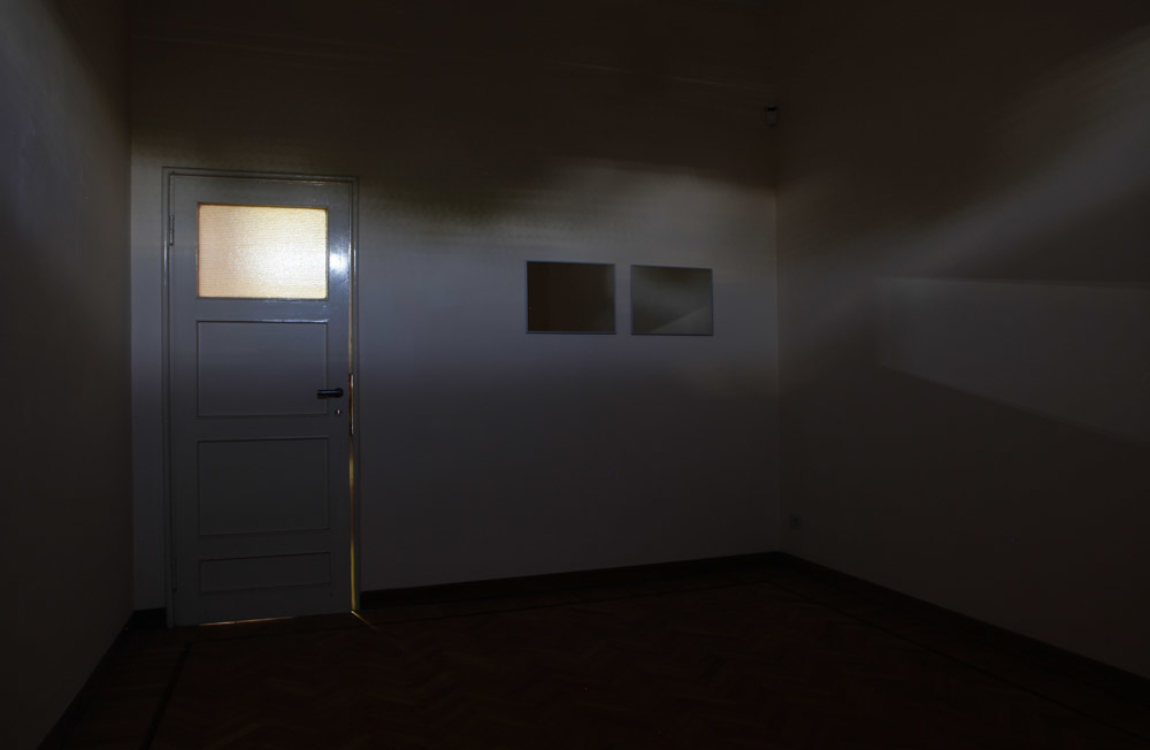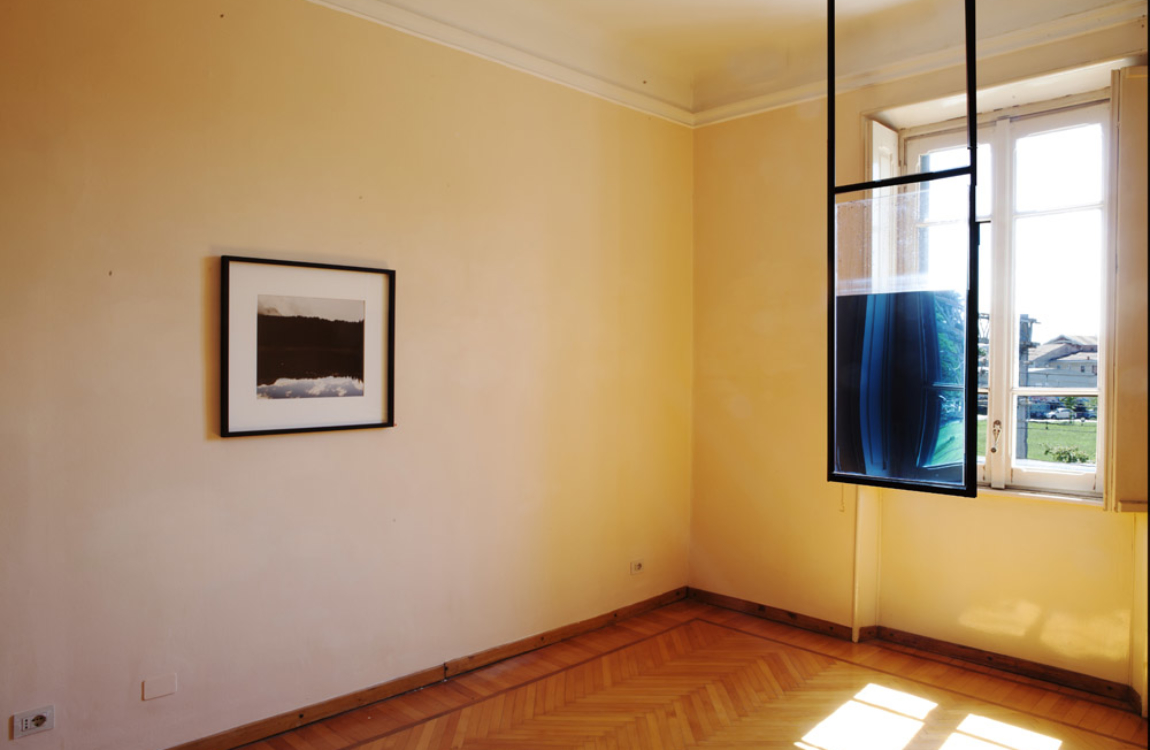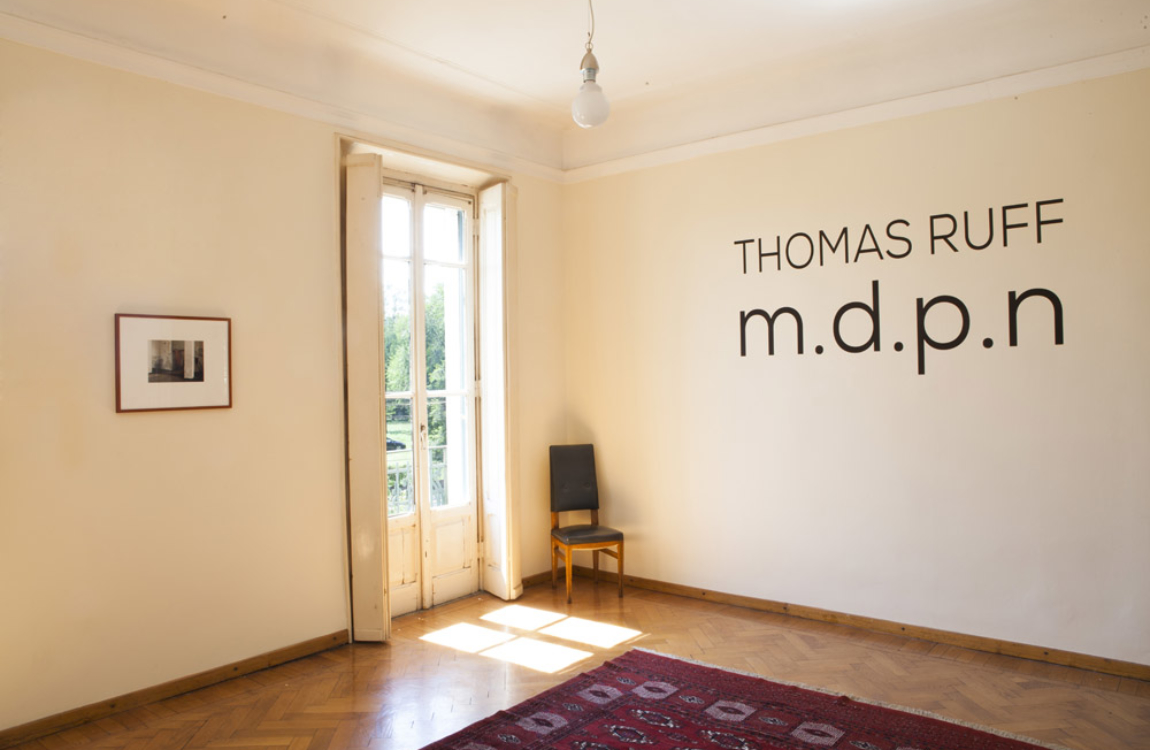Room 17
Giulia Berra is the daughter of an entomologist. Her father’s influence is evident in her works, which, while on the one hand nourishing themselves on this lineage, on the other hand reject it, for example in their abhorrence of the killing of insects, whose remains (butterfly and cicada wings) the artist recovers with careful research.
The idea of metamorphosis is central to her work: without it, there would be no real consistency in the works, which often consist of cicadas’ exuviae, the remains of the exoskeleton that insects abandon after moulting. With references that start from his own biography and expand, as in the case of the spider’s web of galls, wooden buds built by trees attacked by an insect to protect themselves.
Giulia Berra was born in 1985. She lives and works in Cremona.

